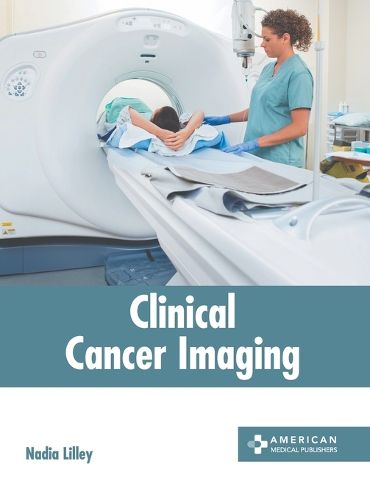Readings Newsletter
Become a Readings Member to make your shopping experience even easier.
Sign in or sign up for free!
You’re not far away from qualifying for FREE standard shipping within Australia
You’ve qualified for FREE standard shipping within Australia
The cart is loading…






Imaging is used to view inside the body for medical analysis and clinical intervention. A variety of biomedical imaging techniques are utilized for managing all stages of cancer. Imaging plays an important role in cancer clinical protocols by providing metabolic, morphological, functional and structural information. In combination with other diagnostic tools, such as in vitro fluids and tissue analysis, it contributes in clinical decision-making. Hybrid imaging techniques are capable of supplying complementary information for enhanced planning of therapy and staging. Targeted minimally invasive and image guided therapy can decrease collateral impacts and improve outcome. Cancer imaging has several benefits, such as minimal or no invasiveness, real time monitoring, and accessibility without tissue destruction and may help in functioning over a variety of size and time scales involved in pathological and biological processes. This book contains some path-breaking studies in clinical cancer imaging. It is a valuable compilation of topics, ranging from the basic to the most complex advancements. This book will prove to be immensely beneficial to students and researchers in this field.
$9.00 standard shipping within Australia
FREE standard shipping within Australia for orders over $100.00
Express & International shipping calculated at checkout
Imaging is used to view inside the body for medical analysis and clinical intervention. A variety of biomedical imaging techniques are utilized for managing all stages of cancer. Imaging plays an important role in cancer clinical protocols by providing metabolic, morphological, functional and structural information. In combination with other diagnostic tools, such as in vitro fluids and tissue analysis, it contributes in clinical decision-making. Hybrid imaging techniques are capable of supplying complementary information for enhanced planning of therapy and staging. Targeted minimally invasive and image guided therapy can decrease collateral impacts and improve outcome. Cancer imaging has several benefits, such as minimal or no invasiveness, real time monitoring, and accessibility without tissue destruction and may help in functioning over a variety of size and time scales involved in pathological and biological processes. This book contains some path-breaking studies in clinical cancer imaging. It is a valuable compilation of topics, ranging from the basic to the most complex advancements. This book will prove to be immensely beneficial to students and researchers in this field.